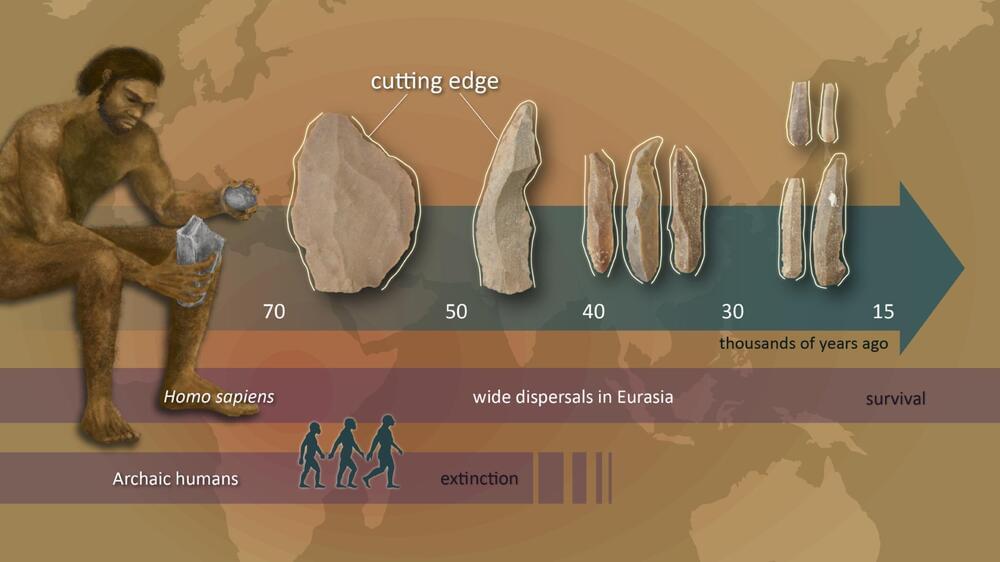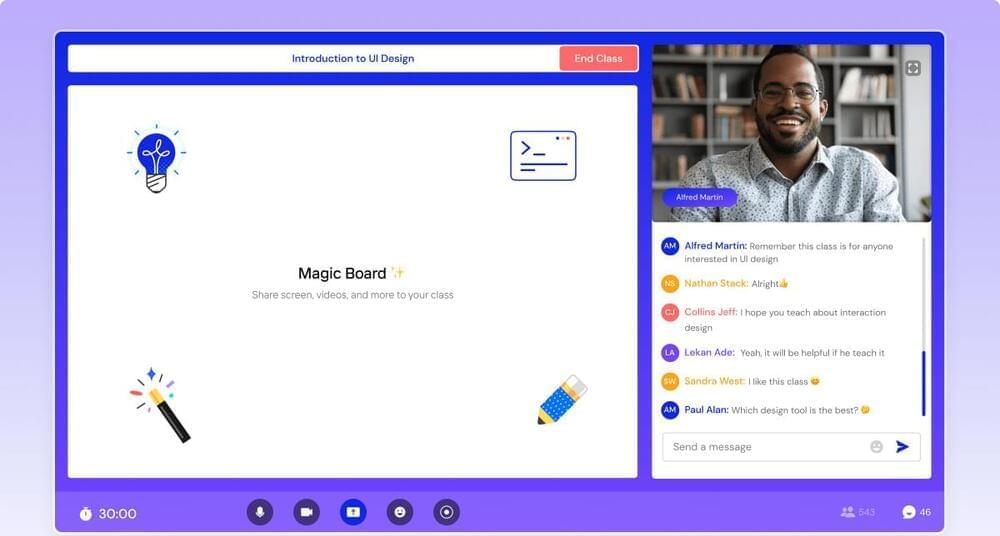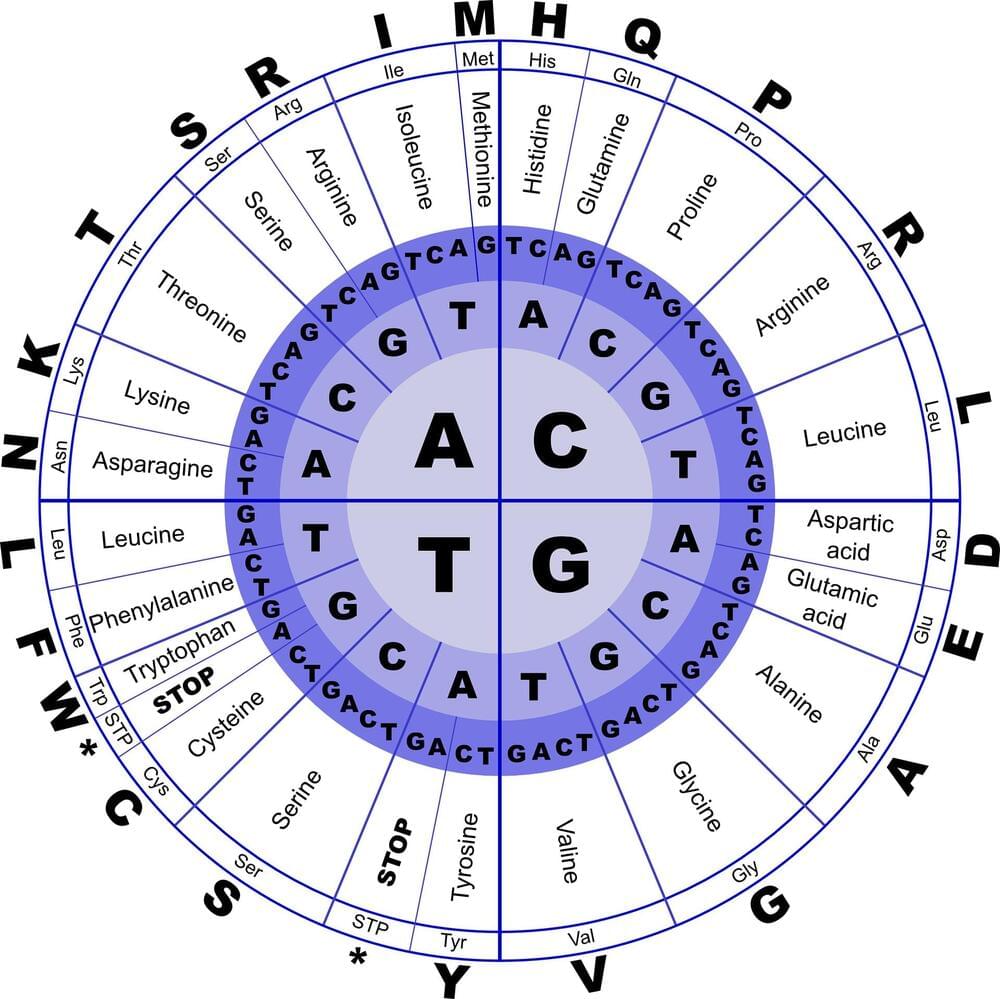“The way we teach critical thinking will change with AI,” said Dr. Stephen Aguilar. “Students will need to judge when, how and for what purpose they will use generative AI. Their ethical perspectives will drive those decisions.”
Can AI be integrated into the classroom? This is what a recent study titled “AI in K-12 Classrooms: Ethical Considerations and Lessons Learned” hopes to address and is one of three studies published in the “Critical Thinking and Ethics in the Age of Generative AI in Education” report by the USC Center for Generative AI and Society. The purpose of the study is to examine the ethics behind how teachers should use AI in the classroom and holds the potential for academics, researchers, and institutional leaders to better understand the implications of AI for academic purposes.
“The way we teach critical thinking will change with AI,” said Dr. Stephen Aguilar, who is the associate director for the USC Center for Generative AI and Society and one of the authors of the study. “Students will need to judge when, how and for what purpose they will use generative AI. Their ethical perspectives will drive those decisions.”
The study conducted a survey of 248 K-12 teachers with an average of 11 years teaching experience from a myriad of academic backgrounds, including public, private, and charter schools. The teachers were instructed to rate their impressions of using generative AI, such as ChatGPT, for their classroom instruction. In the end, the researchers discovered the results varied between men and women, with women teachers holding a preference for rule-based (deontological) approaches to using AI in the classroom.








